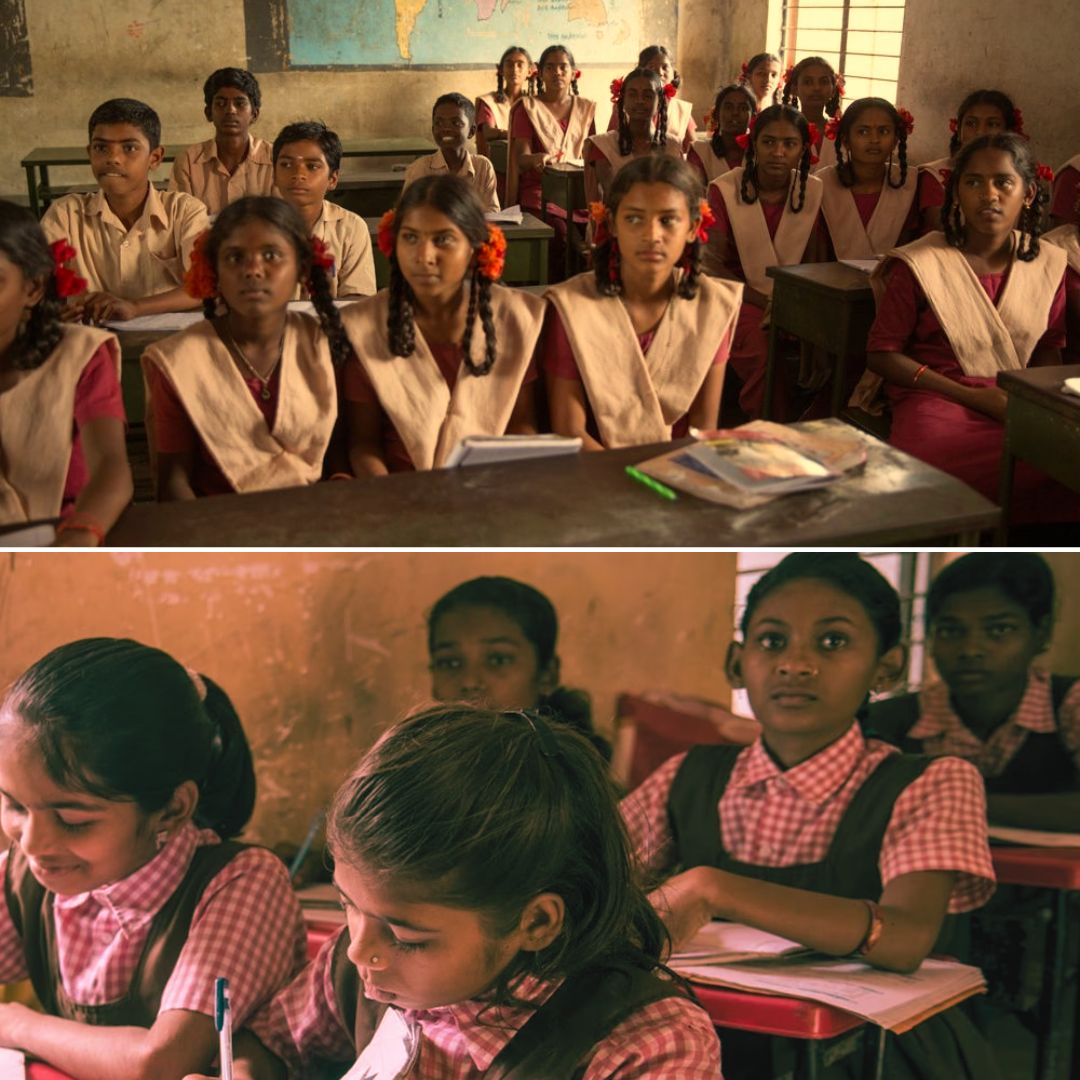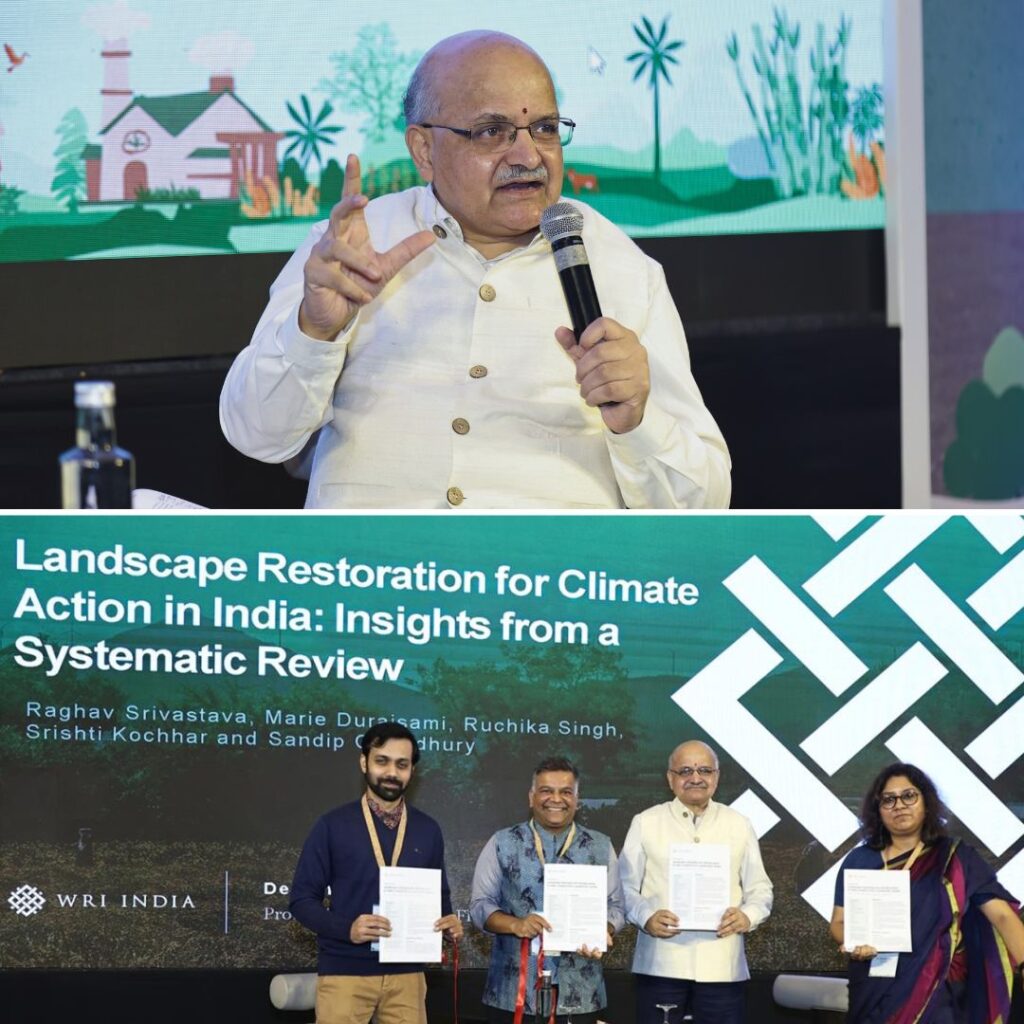Despite progress in enrolment rates, nearly 40% of girls in India do not continue their education beyond Class 10 due to systemic challenges such as household responsibilities, cultural norms, financial constraints, and inadequate infrastructure.
Factors like child marriage, lack of female teachers, and gender stereotypes further exacerbate the issue. While government schemes like Samagra Shiksha Abhiyan have improved primary enrolment rates, secondary dropout rates remain high, especially in rural areas where less than half of girls complete Class 10.
Systemic Barriers to Girls’ Education
The downfall of girls’ education in India is driven by multiple factors:
- Household Responsibilities: Many girls are forced to take on domestic chores, leaving little time for schooling. Around 65% of out-of-school girls aged 15-18 are engaged in household labour.
- Cultural Norms and Child Marriage: Societal expectations often prioritise early marriage over education, robbing girls of opportunities for personal growth.
- Financial Constraints: Families struggling with poverty often prioritise boys’ education over girls’, viewing daughters as economic burdens.
- Infrastructure Challenges: Lack of gender-segregated toilets and transportation facilities discourages attendance among adolescent girls.
- Scarcity of Female Teachers: A shortage of female educators in rural areas creates an uncomfortable environment for girls.
- Gender Stereotypes: Textbooks and societal attitudes reinforce traditional roles, limiting aspirations for higher education and professional careers.
- Recent Trends: The female Gross Enrollment Ratio (GER) in higher education has quadrupled since 2000-01, reaching 27.9% by 2020-21, indicating progress but also highlighting the need for sustained efforts.
Government Schemes
The Indian government has introduced several schemes to improve girls’ education, such as the Kasturba Gandhi Balika Vidyalaya (KGBV) and the National Programme for Education of Girls at Elementary Level (NPEGEL).
These initiatives aim to enhance access and quality of education for disadvantaged girls by setting up residential schools and providing special attention to weak students. However, despite these efforts, challenges persist, particularly in rural areas where infrastructure and societal norms hinder progress.
Community-Based Solutions
Organisations like Educate Girls have shown success in addressing barriers through community mobilisation and volunteer deployment.
Their model includes door-to-door surveys to identify out-of-school girls, enrolment campaigns, and strengthening school management committees. Such initiatives highlight the importance of grassroots engagement in overcoming systemic barriers.
A Cycle of Inequality
These barriers perpetuate a cycle of poverty and restricted opportunities. Girls who drop out face limited economic prospects, often confined to traditional roles such as caregiving or domestic labour.
This inequality contributes to India’s low female workforce participation (25%) and GDP contribution (18%). Additionally, educational disparities are more pronounced in rural areas and among marginalised groups.
The recent ASER report notes that while gender gaps in enrolment have narrowed, older girls remain a challenge, with many expressing a desire to pursue higher education. States like Rajasthan, Uttar Pradesh, and Madhya Pradesh report some of the highest dropout rates.
The Logical Indian’s Perspective
Education is a powerful tool for breaking cycles of poverty and inequality. Addressing the downfall of girls’ education requires holistic measures—improving infrastructure, challenging societal norms, and providing financial support for families.
Empowering girls through education is essential for fostering a progressive society. What innovative solutions can we collectively implement to ensure every girl in India completes her education? Share your thoughts below!











